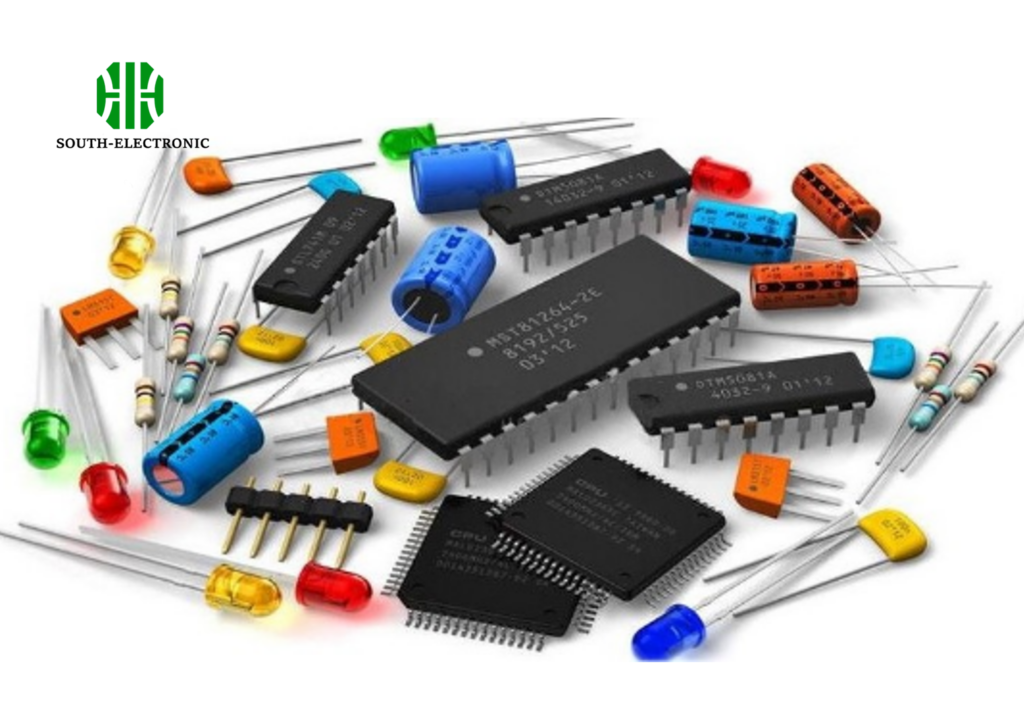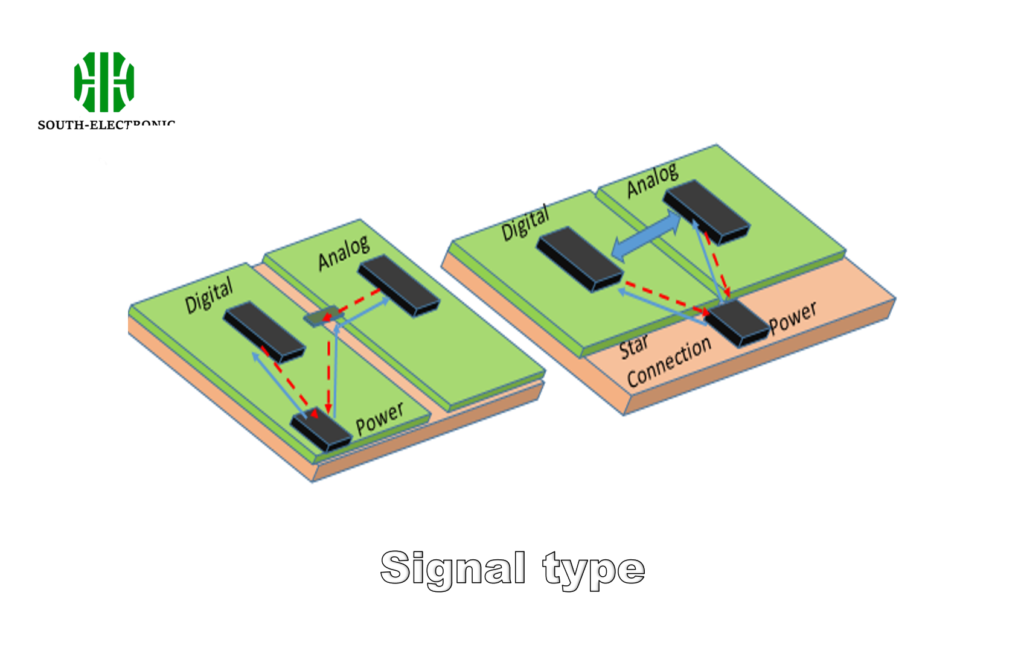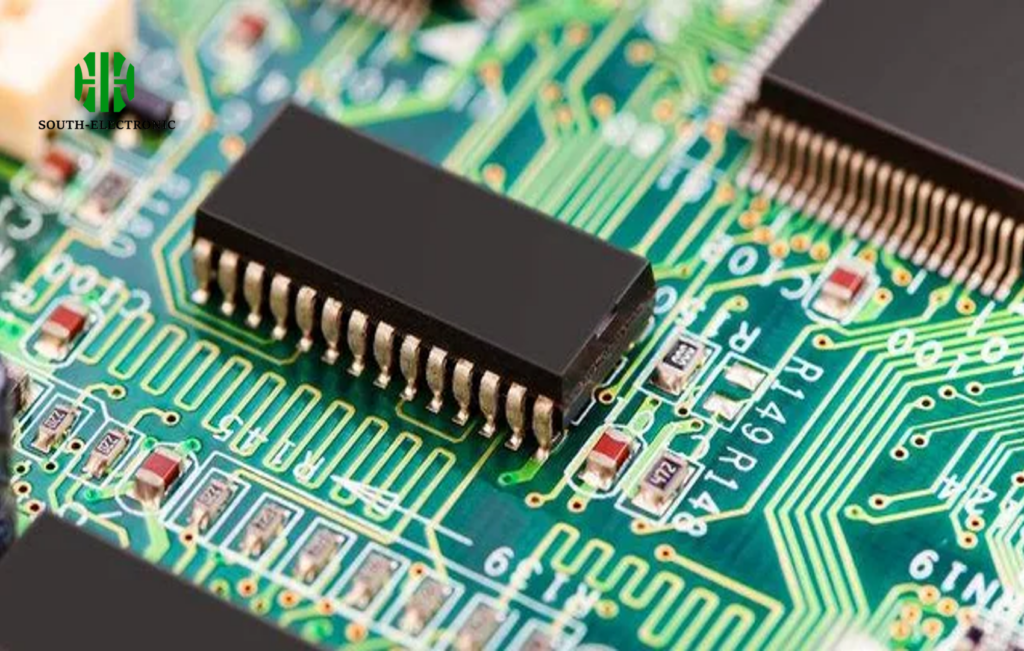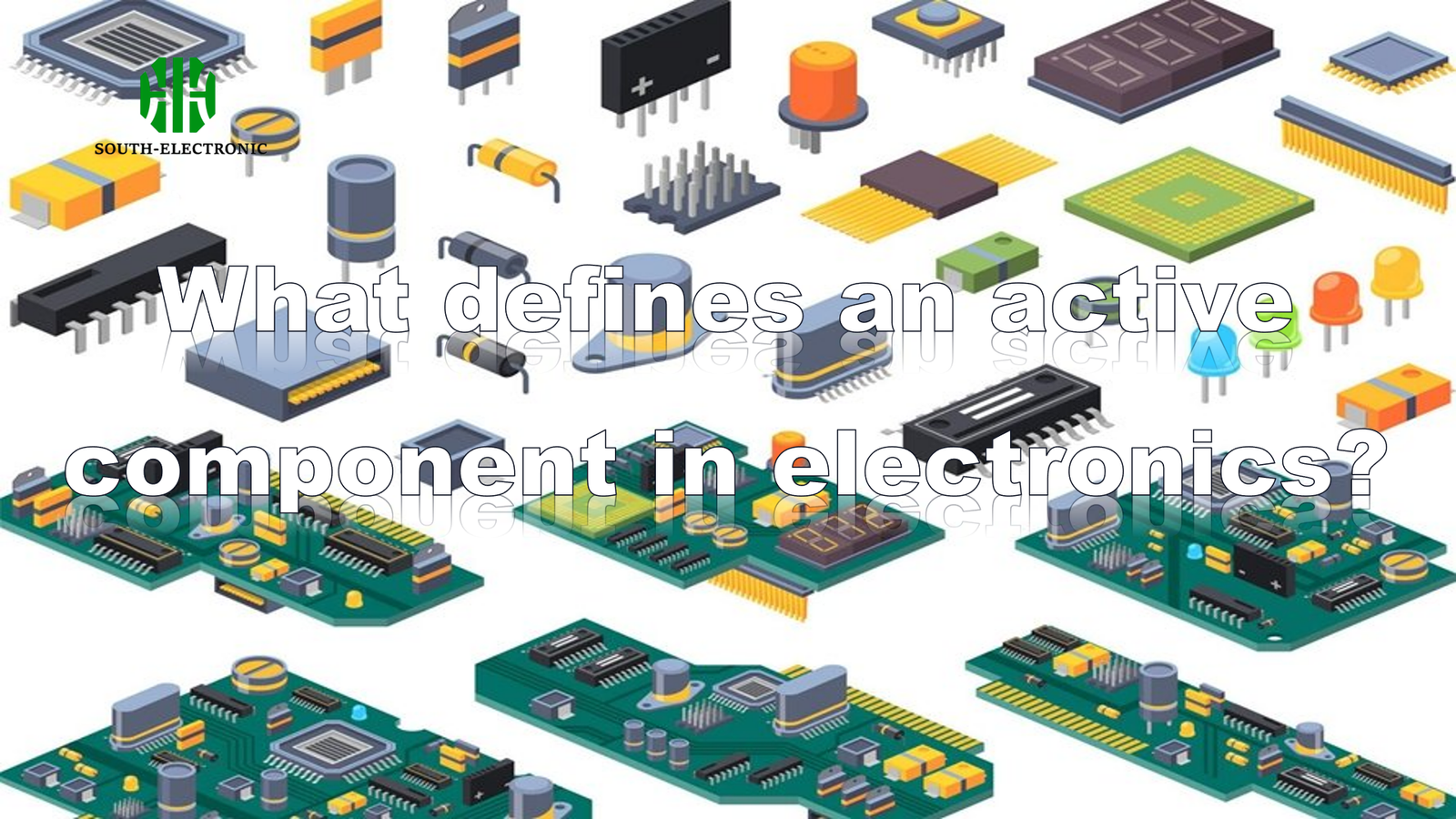Ever get confused about why some electronic parts need batteries while others don’t? It’s frustrating when components behave unexpectedly in your circuit projects. Let’s solve this puzzle together right now.
Active components like transistors and ICs require external power to control electricity. They actively amplify signals or switch currents instead of just storing energy like passive parts. This power need is their core defining trait for modern electronics.

Now that we know what makes them unique, let’s explore how these power-hungry components shape our gadgets. Understanding this foundation changes how you design everything from phones to robots.
How Do Active Components Generate and Control Signals?
Tired of circuits that don’t respond correctly to input commands? Weak signals ruin device performance and cause glitches. Active components fix this by creating action.
Active parts use external power to generate new signals and precisely direct electron flow. Transistors boost weak inputs into strong outputs, while ICs process multiple commands simultaneously. This control enables devices to make decisions.

Core Mechanisms Behind Signal Manipulation
All active devices operate by converting external power into electrical work through three key functions:
| Function | How It Works | Real-World Use |
|---|---|---|
| Amplification | Increases signal strength 100x+ | Making microphone audio louder |
| Switching | Stops/starts current like a gate | Turning LEDs on/off automatically |
| Oscillation | Creates repeating wave patterns | Generating radio frequencies |
Transistors form the backbone here. I recall repairing a guitar amplifier where replacing a single transistor resurrected the entire sound system. Without that tiny powered component, the speakers stayed silent. These parts act like microscopic managers – they don’t just pass electricity like resistors or capacitors. Instead, they reshape it using their battery-supplied energy. Modern microchips pack billions of transistors doing coordinated signal processing simultaneously. This orchestration allows smartphones to run apps while receiving calls.
Common Active Component Examples: Transistors, ICs, and More
Choosing the wrong parts causes projects to fail. Knockoff components waste money and delay prototyping. Authentic active devices deliver reliable performance.
Transistors handle basic switching/amplification tasks in simple circuits, while integrated circuits (ICs) combine thousands of components for complex operations like computing. Diodes also count as active when rectifying AC to DC using external power sources.

Breakdown of Key Players
Each active component serves distinct roles depending on your circuit’s power requirements:
| Component | Primary Function | Power Source Dependency |
|---|---|---|
| Transistor | Amplification/Switching | 3V-12V external bias |
| Operational Amplifier | Signal boosting/comparison | Dual voltage rails (±5V-15V) |
| Microcontroller | Programmable logic control | USB/battery 3.3V-5V |
Transistors are your universal tools. They work in everything from blinker circuits to industrial robots. ICs elevate functionality – an Arduino board’s brain manages sensors, lights, and data because it contains specialized sub-circuits. During a solar project, I used power diodes with battery backups to prevent reverse current flows at night. This active protection saved the panels. Remember: these components constantly monitor conditions and react using supplied energy, unlike static resistors.
Can Passive Components Do What Active Circuits Achieve?
Attempting complex functions with just passive parts leads to bulky, limited designs. You risk building unresponsive circuits that demand constant manual adjustments. Active circuits deliver smarter solutions.
Passive components alone process signals without added energy. Resistors limit current but can’t boost it. Capacitors store charge but don’t amplify. Inductors filter frequencies passively. True control requires active elements.

Fundamental Capability Gaps
Passive components lack three transformative features exclusive to powered parts:
| Task | Passive Limitation | Active Advantage |
|---|---|---|
| Signal amplification | Weakens signals over distance | Boosts signals precisely |
| Automatic switching | Manual intervention required | Self-triggered responses |
| Signal generation | Only modifies existing waves | Creates new frequencies/timing |
I learned this building a motion-activated light. Passive parts detected movement poorly. Adding a transistor-based circuit made it reliable through continuous signal monitoring. Amplifiers transform faint sensor data into usable outputs. Radios need active oscillators to broadcast channels. Without powered components, your circuit becomes a passive reactor instead of an intelligent controller. This gap defines modern electronics frontiers.
Conclusion
Active components need external power to dynamically control electricity. They outperform passive parts in amplification, switching, and signal creation – forming the intelligent core of all modern electronics.



